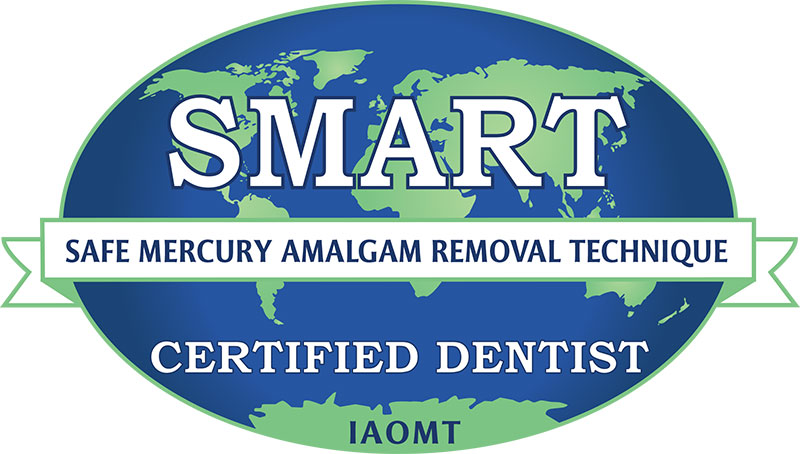There are several advanced ways to replace your missing teeth. It’s important to know when and what to choose from those options.
Unlike dentures, crowns and bridges are fixed prosthetic alternatives. A dental crown is essentially an artificial tooth that can be custom-made to a patient’s exact specifications, including changing the shape, colour, and texture to match the remaining teeth. Crowns are usually made of porcelain, metal, or porcelain fused to metal. Sometimes gold alloys are used to strengthen the cap.
Your dentist will recommend a crown:
- To strengthen your tooth when it’s chipped, fractured, broken down, or decayed.
- After a root canal treatment
- To change the shape and the size of a tooth when you are not happy with the appearance of your tooth
The damaged tooth is treated by removal of the decay, filling the deficits and restoring the tooth structure before preparing the crown. The crown, which serves as a cap over the prepared natural tooth, is then cemented onto the remaining tooth substance.
Dental bridges are among the best alternatives for people with one or more missing teeth. Simply a bridge is a combination of several linked crowns. A bridge is typically made of porcelain fused with metal to enhance strength and durability. To suit the crowns of the anchors, the teeth on either side of the bridge must be prepared first, like in dental crowns. Your dentist will recommend a bridge when:
- You have multiple missing teeth
- You have multiple adjacent grossly broken down or decayed teeth
- You have a grossly decayed or fractured to next to a missing tooth
Your dentist will take an impression of your mouth after preparing the tooth or anchor teeth so that a tailored crown or a bridge can be made.
While you wait for your permanent crown or bridge, you will be provided a temporary one to close the gap and allow you to chew.
Types of crowns and bridges according to the material
Porcelain only crowns
Porcelain almost looks like a natural tooth substance due to its colour. So, the porcelain crowns are mostly recommended to replace the front teeth seen to the outside when you smile and talk.
Metal only crowns
Metal alloys are stronger than porcelain. So, metal-only crowns are used to replace the back teeth, which you get more biting and chewing forces.
Porcelain fused to metal crowns (PFM crowns)
PFM crowns are a combination of the above. They have gained much popularity as they contain both qualities of porcelain; better esthetics from the front and metal; strength from the back.
E-max zirconia crowns
E-max zirconia crowns are metal-free crowns that offer PFM crowns benefits in strength and appearance.
E-max zirconia Lithium di-silicate pressed crowns
E-max zirconia bonded to porcelain is a metal-free crown that offers the benefits of PFM crowns and the ultimate aesthetic and appearance of the porcelain crowns.
What are the advantages of crowns and bridges?
- They improve your smile esthetics immediately.
- They restore the functions of teeth and increase chewing efficiency.
- They are durable and last five to fifteen years.
- They feel and function more naturally than the removable tooth replacement options.
Thus, the choice of crown and bridges, among other alternatives, depends on multiple factors like the number of teeth to be replaced, the condition of the adjacent anchor teeth and the cost.
If you would like a comprehensive examination or more information, you can see one of our specialised dentists at London Specialist Dentist.

